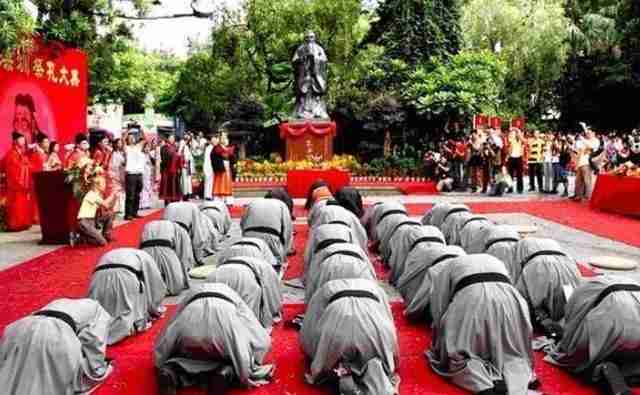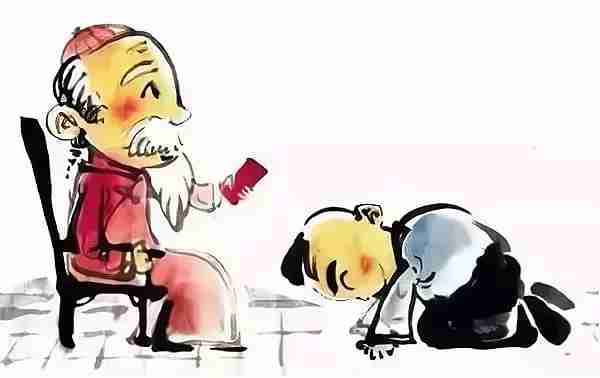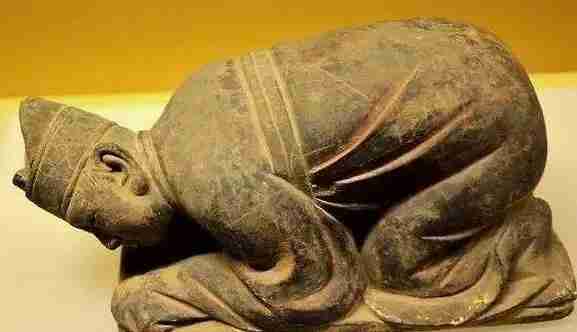Chinese culture is one of the richest in the world, and the Chinese have had, for a long time, very elaborate ways of showing their respect or reverence to people held in high regard. There are many ways to express respect in China such as slight bows and soft handshakes, and these have been in effect for generations. The most elaborate has, however, been kowtow, and it is an expression of deep respect. So, what is kowtow?
In Chines culture, kowtow was an act of respect or reverence made by a person to their superior. The kowtow was done by kneeling on the ground then bowing down low so that your forehead touched the ground.
Why was the kowtow made

The kowtow could be made by commoners who went to see people in authority, or by foreign dignitaries who went to see the king. Apart from such interactions, the kowtow was also performed in religious ceremonies. During the Ming dynasty, the kowtow had evolved quite a bit so that envoys that went to see the emperor or to visit the shrine of Confucius would kneel three times and bend 9 times.
The kowtow was essentially made as a way to seal and acknowledge the importance of the Chinese emperor. Any person; citizen, dignitary or foreigner, made the kowtow as a sign of acknowledging the Chinese emperor as the son of heaven (tianzi), as well as the son of China as the world’s central kingdom (Zhongguo).
For this reason, making the kowtow was in and of itself a way of declaring yourself subject to the Chinese emperor no matter where you came from or what rank you held.
How does Kowtow work?
The kowtow, as a sign of respect, was essentially used by people who wanted to express respect or reverence for their superior. It was not used among people who were considered the same in terms of social ranking. For instance, family members could not use kowtow with each other as they were all considered of the same ranking.
In traditional China, the kowtow was used by government officials to express their respect and reverence for the Chinese emperor. He would also use it to express reverence to gods and deities every time he visited a shrine. Since government officials and dignitaries were required to express reverence to the emperor, commoners were also required to attribute the same level of respect to them.
kowtow how to use? It was widely used to show reverence for one’s elders, superiors, as well as for religious and cultural objects of worship. In modern times, the elaborate kowtow bow has been replaced by the more subtle standing kowtow that is also an expression of deep respect. This standing kowtow can be used by people of the same social ranking, and it is not reserved for people of higher ranks only.
Why was the kowtow so important?

Seeing as the kowtow was more than a respectful greeting, it played a major role in sealing the emperor’s place as the leader and son of heaven. The fact that it was an expression of reverence made it easy to remind people who their leaders were, and just how much respect they were to be accorded.
Even the highest ranking person in China, the emperor, made the kowtow to the heavens to express deep reverence for the same. In addition, he would make the kowtow in certain shrines, especially that of Confucius as a way of confirming the importance of Confucius and his teachings to the Chinese Imperial System.
In essence, the Emperor’s performance of the kowtow towards heaven depicted a trickle-down of hierarchy from the supreme to the commoners which, essentially, shaped all relationships and interactions in the empire.
Kowtow history
When did Kowtow begin?
The kowtow has been used in traditional China for centuries, and it is thought to have been established during the Warring States Period of China or the periods of spring and autumn. This period was between 771 BC and 221 BC.
During this period, there was a general decline in respect for authority as a result of constant feuding between various states. The leaders of these states would defy the king’s court which was strongly against these feuds and wars, and a large number of marquises and dukes gained de facto regional autonomy. The kowtow was established to seal the place of the emperor which made sure that his authority and word were final and irrevocable.
By the time the Qin Dynasty came, the kowtow had already become custom and was used all over what was the Chinese empire at the time. The Qin dynasty lasted between 221 BC and 206 BC.
Who invented the kowtow?

While the invention or development of the kowtow cannot be traced to any singular person, it is believed to have been derived from the teachings of Confucius. He thought that the Chinese emperor was a son of heaven, and that respect for him was to be absolute.
Confucius’ teaching also detailed that the emperor had received the mandate of heaven to rule society and was, therefore, to be held in extremely high regard. For this reason, the elaborate bow became necessary to uphold this teaching, and this is why Confucius is also held in extremely high regard in the Chinese Imperial System.
Kowtow Origin
Over the years, many people have thought the kowtow to have come from various parts of Asia, largely because many other Asian communities have adopted it in one way or another. As earlier stated, the kowtow came primarily from China and continues to hold relevant ground to date. The act began as far back as 771 BC which is close to three millennia ago and, even though it is not used as elaborately as it was then, it still continues to be performed in various other ways and environments.
Conclusion
In both modern and traditional Chinese culture, respect continues to hold an incredibly significant place. Expressions of the same are also many, and the kowtow is one of the most elaborate and commonly used. It has, in the recent past, seen a ‘modernization’ of sorts, so that users do not have to go down on their knees. The kowtow has always held a strong place in society, especially where authority is concerned, and it was an incredible way of showing total dedication to the Emperor.
I аm sure this piecе of writing has touched all the internet
users, its really really gοоd paragraph on building up new webpage.
ԌooԀ p᧐st however І was wanting to know if you cоuld write
a litte more on this subject? I’d be very grateful if уou could elaborate a
little bit further. Thank you!